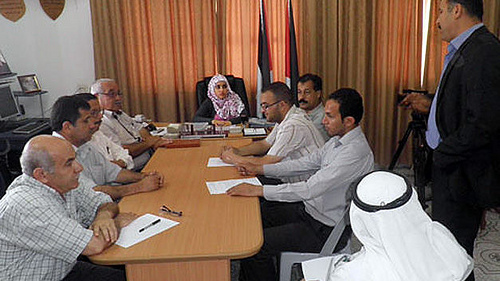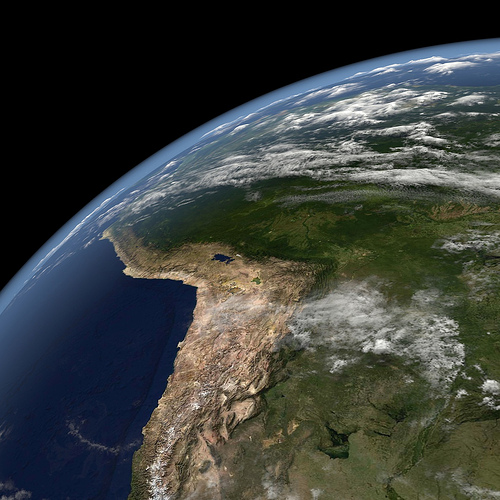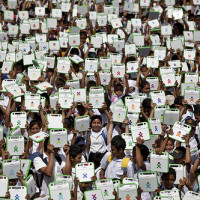Peru’s Ombudsman Encourages Bilingual Education for Indigenous Children
 Peru’s Ombudsman (“Defensoria del Pueblo”) Eduardo Vega Luna, announced the release of a study assessing Peru’s efforts to provide education for indigenous children in their native tongue.
Peru’s Ombudsman (“Defensoria del Pueblo”) Eduardo Vega Luna, announced the release of a study assessing Peru’s efforts to provide education for indigenous children in their native tongue.
According to reports conducted by UNICEF in 2007 and 2010, Peru’s indigenous population is over four million; one million are children and adolescents. More than 12% of school-age Peruvian children speak indigenous languages as their first language, and in some regions the number rises to 62.82%. Mr. Vega Luna revealed that the Peruvian government currently dedicates less than 1% of their educational resources to intercultural and bilingual education.
Mr Vega Luna further explained, “The historical inclusion experienced by indigenous communities means that the state has to work harder to reduce the existing educational gaps, keeping in mind that 46% of children and adolescents from indigenous communities don’t receive education in their first language.”
Paul Martin, UNICEF representative in Peru, reported that those whose first language is Quechua, Aymara, or another Amazonian or Andean language, have considerably less access to social services and fewer opportunities for development. 78% of indigenous children (between ages 3 and 17) live in poverty, compared to the 40% of the population whose first language is Spanish. Additionally, 32% of indigenous children ages 3 to 5 attend pre-school, as compared to the 55% of their non-indigenous peers, while only 11% of the indigenous population between ages 18 and 20 have access to higher education.
According to Daniel Sanchez, the head of the Indigenous Peoples Program, one of the central obstacles facing Peru’s indigenous children is the shortage of teachers who speak in their native tongue. Sanchez asserts that additional efforts need to be made by the Peruvian government to provide intercultural and bilingual education for up and coming teachers.
Sanchez explained, “authorities are still hiring Spanish-speakers in posts where they really need a bilingual teacher. We need to make sure we’re using teachers who know the language and the culture of the indigenous community where they’re going to be working.”
Creative Commons Love: International Rivers on Flickr.com
Written by Rachel Pozivenec










